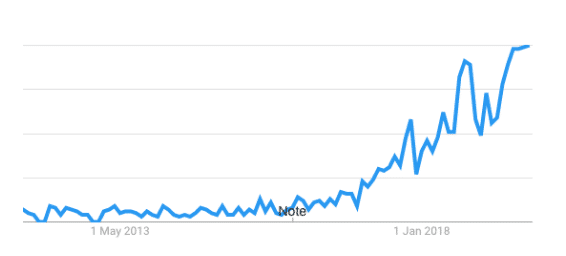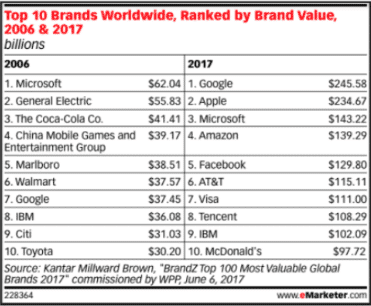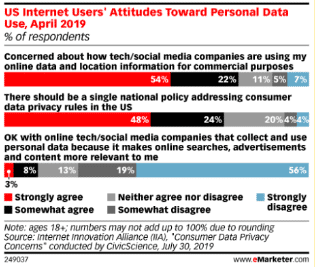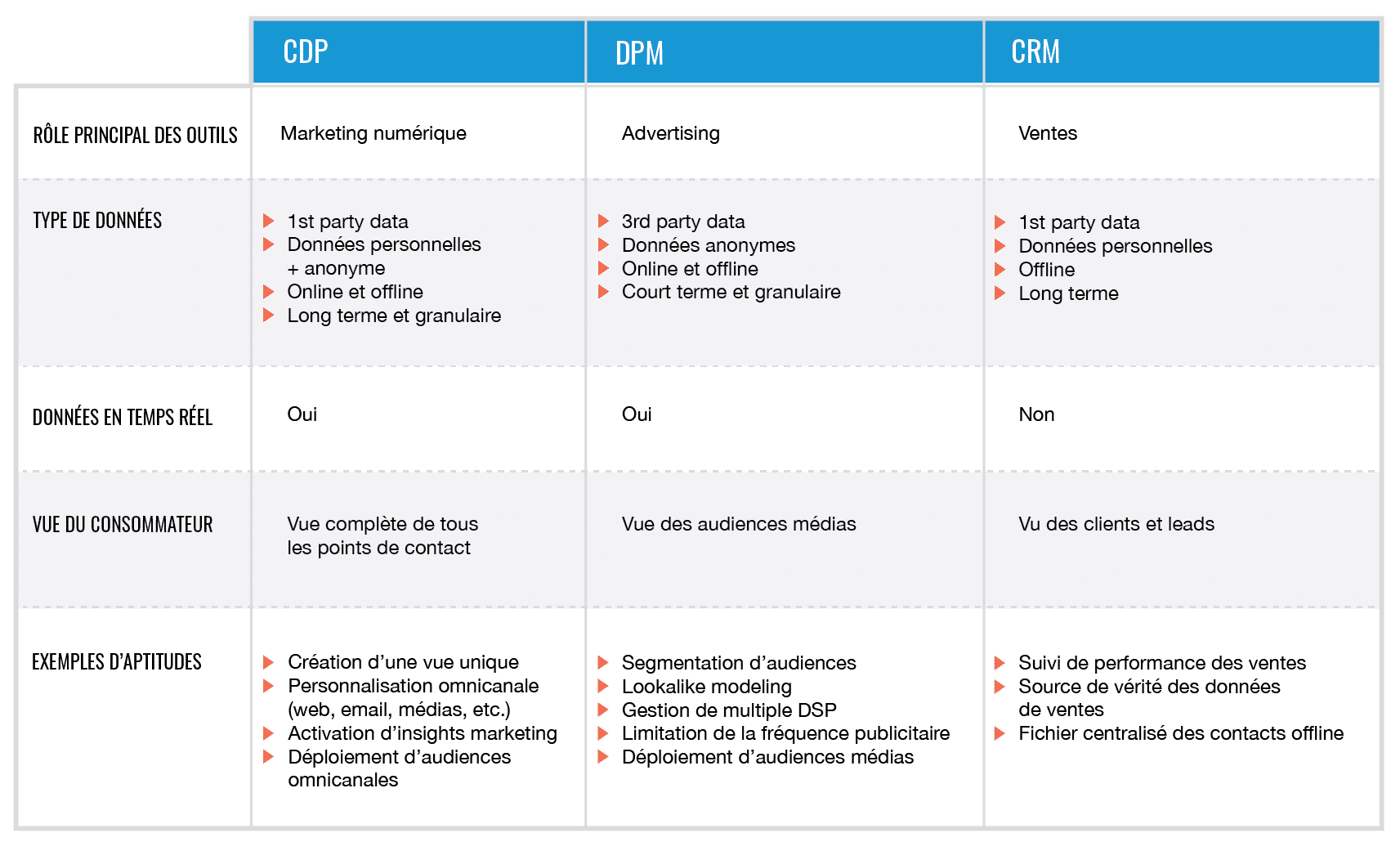Data Scientist
Everything you need to know about the Customer Data Platform (CDP)
Data Scientist
There is no denying the amount of data that is now being generated with the growth of digital channels and its importance to organizations. As The Economist puts it, it seems data is now seen as the new oil (although, maybe not… ). For organizations, the challenge is therefore not to create more data, but rather to capture it in such a way as to make it usable.
Much like oil, data finds its full value once refined. This refinement process must imperatively go through three major stages: capture , standardization and activation . For today's marketers, mastering the art of good data management opens the door to a more personalized, consistent and relevant relationship with your consumers. It is precisely to support you in this art that we have launched a modern data management offer .
This refrain is probably already familiar to you. The term generally used to refer to this consistent and relevant experience is the concept of omnichannel . Often discussed, but rarely realized, this aspirational concept has as a major obstacle the technological foundation of organizations. However, the technologies to fulfill this promise are now ready and need to be better understood by marketers.
The key technology to deliver an omnichannel experience is the Customer Data Platform (CDP) also called Customer Data Infrastructure (CDI) on occasion. In simple terms, CDP is a technology that sits at the heart of your marketing tools and acts as a conductor between them (see my article “ How to have a successful marketing stack ” to learn more about the concept). orchestration of your marketing tools).
The three key skills offered by the CDP are therefore the capture of data (no matter where it lives, i.e. your website, your CRM, mobile app, email, in-store kiosks, etc.), the standardization of this data and the activation in marketing channels (website, mobile, advertising, email, etc.).
WHY IS EVERYONE TALKING ABOUT CDP RIGHT NOW?
If you haven't heard the acronym CDP yet, it's only a matter of time. The CDP comes at an opportune time. As companies now perceive their data as an important asset and privacy concerns are increasingly palpable.

Image 1: Search trend of the word “Customer Data Platform” according to Google Trends
DATA AS A BUSINESS ASSET
Acting towards corporate data as if it were an important asset is a major trend at the present time, which can be seen in particular through the growth of the role of Chief Data Officer (CDO) in organizations . Concretely, the challenge is to get the content out of its container or in other words, to prevent your data from being prisoners of their platform. In an interview with McKinsey, the CEO of Informatica , a leader in cloud data management, points out that “the greatest value comes from being able to collect and correlate information from different types of systems”.
To do this, organizations must therefore collect data and not simply produce it. In practice, the data found in Google Analytics therefore does not have the same value if it only lives in the tool that is Google Analytics than if it is extracted, standardized and deployed in audiences, for example. By extracting data from Google Analytics, your organization opens up to a whole new world of possibilities and insights that are simply not obtainable from the container of Google Analytics.
By considering data as an important asset and not as a simple consequence of evolving in a digital world, organizations are increasingly aware of the opportunities for using data. Whether in the form of audiences or a report offering more in- depth insights , data is increasingly present in the decision-making process of marketers.
A WIND OF CHANGE IN BUSINESS
Part of the reason for this increased focus on data capture is that we have concrete evidence of the business impact of data. You only have to compare the top 10 companies of 2006 to those of 2017 to realize that data is a very valuable asset. This comparison leads us to see that the new members of this select group have one thing in common: they generate, control or benefit from activities related to the sound management of data.

Image 2: The changing of the guard in large enterprises seems to be on the back of data, or rather, the use of data as a revenue stream.
PRIVACY AS A COMPONENT OF THE CUSTOMER EXPERIENCE
“With great powers come great responsibilities.” Despite all the new opportunities offered by the sound management of business data, we cannot act on them without putting the user himself at the center of his data strategy. This is probably not a surprise in itself, but the technical challenges remain significant.

Let's take a simple example to better understand the challenges of managing user data. To this day, it remains difficult to simply delete a user from all of an organization's marketing systems without a laborious manual process. This simple task gets more complicated the more components we add to our marketing stack . This, then, is another important task that can be handled effectively by a CDP. In addition to addressing data integrity issues, the CDP can also manage all personal data fields in such a way as to give them various levels of security and thus ensure responsible management of customer data.
In response to the issue of respect for privacy, the collection of data itself is currently undergoing major upheavals. I could write a whole article on this subject, but to simplify, let us mention that we are currently experiencing a strong movement towards capture using first-party cookies rather than third-party cookies . Why is this important? Because CDP is made to handle data coming from first-party cookies so that's another reason why you'll probably hear about CDP more and more.
SO WHAT IS THE DIFFERENCE BETWEEN A CDP, CRM AND DMP?
The CDP does not compete with your tools currently in place such as your CRM. The CDP rather plays the role of conductor by positioning your current tools as data sources (data capture), as destinations (data activation) or both at the same time. Since each of the source systems generates the data in a different way, the CDP also standardizes the different formats in order to allow activation in your different interaction channels (email, advertising, personalization, etc.).
So how do CDP, DMP and CRM compare? The best way to differentiate these platforms is to start by looking at what type of data is handled by these technologies. We can therefore make a first grouping with the CDP and the CRM since both offer the management of first-party data as their main asset. Conversely, the DMP primarily focuses on third-party data and has advertising as its primary use case (although many DMPs offer other ancillary capabilities).
Now that the difference with the DMP is a little clearer, what is the difference between a CDP and a CRM? Marty Kihn, SVP product management for Salesforce Marketing Cloud points out that the CDP category can be seen as an evolution of CRMs . I agree with this vision, since the CDP is an evolution of the CRM from the point of view of the activation channels and the way of capturing the data.
Data integrity is a particularly important challenge in the case of CRM because it is often filled in by humans. In the case of the CDP, the data is populated by automated approaches implemented directly at the source where this data is generated. Because of this factor, real-time marketing, identified as a transformative trend by Gartner in 2019 , is becoming the way of doing things for organizations with a CDP rather than a hard-to-achieve ambition. Here is a small table that summarizes the main differences between CDP, DMP and CRM.

WHAT ARE THE EXPECTED BENEFITS OF A CDP?
Now that you know more about the CDP, it is important to know what benefits can be expected following the implementation of a CDP. If we wanted to simplify the potential benefits as much as possible, I would say that a CDP makes it possible to have a technological foundation to deliver the promise of omnichannel (consistency, real time, personalization of the experience) in addition to having a solid foundation for sound management of user data.
I suggest five benefits generally offered by the CDP. It is important to remember that there are many other benefits depending on your business model of your marketing activities. Here are some benefits that a CDP offers to organizations.
-png.png)
DO I NEED TO GET A CDP?
Maybe, but maybe not. Before procuring a CDP, it is important to align this acquisition with the data strategy that is in place in your organization. If you don't have one yet, this is a great opportunity to create one. It is also essential to respect the digital maturity of your organization for such a project to be a success. To this end, Adviso can help you properly assess whether this solution is appropriate for you using a maturity model for CDP which paints a clear portrait of where you stand and what are the next steps to be taken. follow.
Before jumping into this technology, a business case is a good way to assess the potential impact on your organization in the years to come. For those of you who are already convinced of the contribution of the CDP, but who hesitate between several suppliers, the proof of concept approach can help you to make the difference between the promises of suppliers and reality.
No matter where you are in your CDP thinking, Adviso can help you make the right choice. With our agnostic positioning, we are here to ensure that you make the right choice for your organization and that your implementation will be a success.




